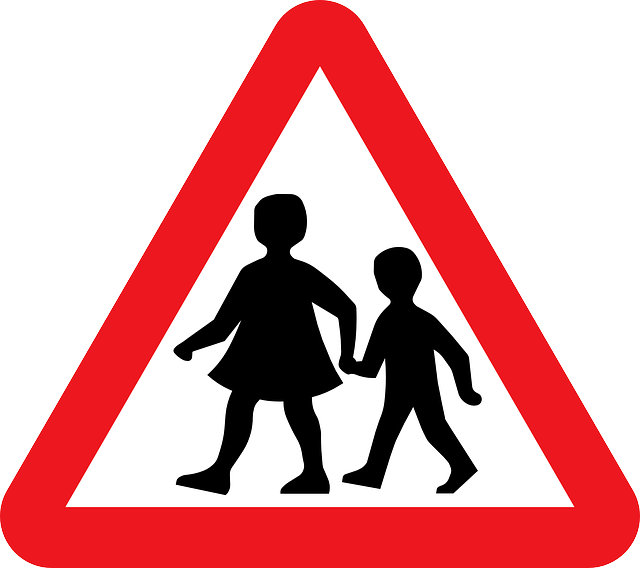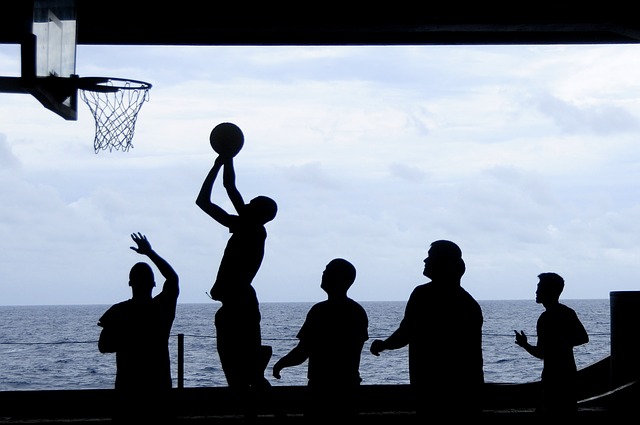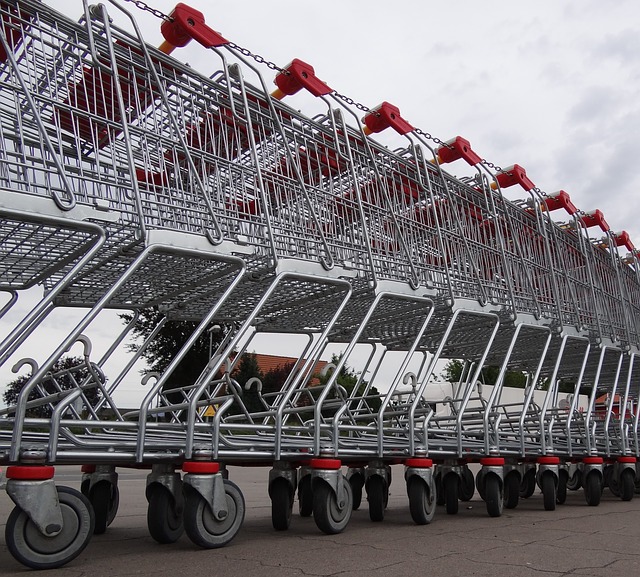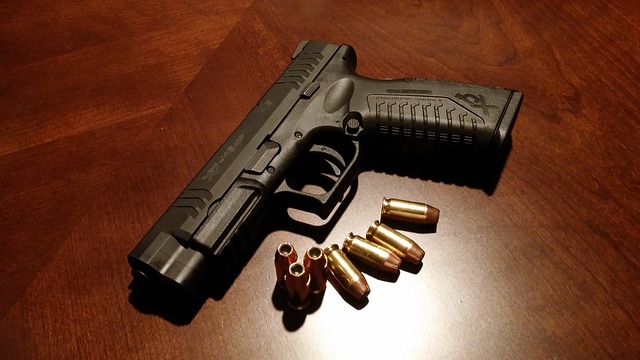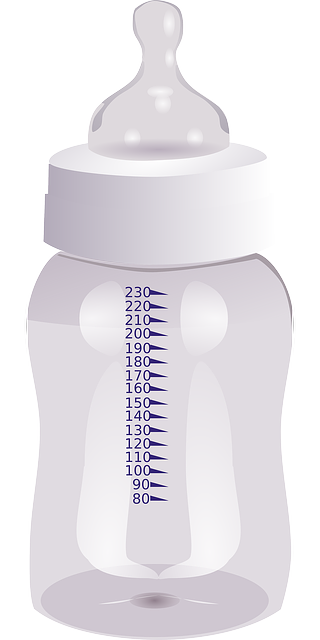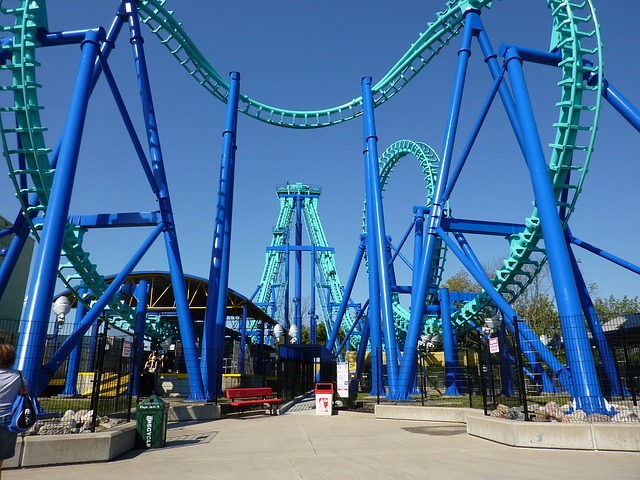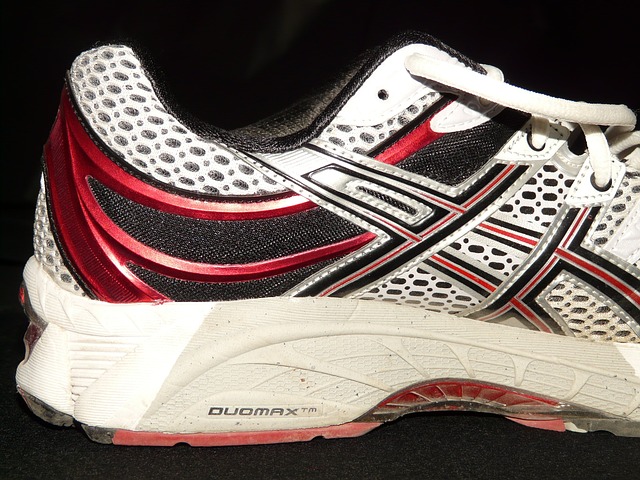Sports injuries are a significant cause of teen and child injuries in Hollywood and other Florida cities. While sports can be a great way to keep children in shape and an important way to build leadership and other skills among students, sports teams can also create a risk of sports injuries in Hollywood and other communities. Now, a new study suggests that injuries among high school athletes may be higher than previously thought.
The study, by the Center for Injury Research and Policy at Nationwide Children’s Hospital, looked at high school basketball players taken to emergency rooms between 2005 and 2010, comparing them with athletes treated by athletic trainers. According to the study, about one million high school students take part in basketball programs at their schools each year. Between 2005 and 2010, 1,514,957 student athletes were given treatment in emergency rooms across the country for sports injuries related to basketball. Athletic trainers handled 1,064,551 basketball injuries during the same time frame. More serious injuries were usually handled by emergency departments while more minor ailments such as strains or sprains were generally treated on site.
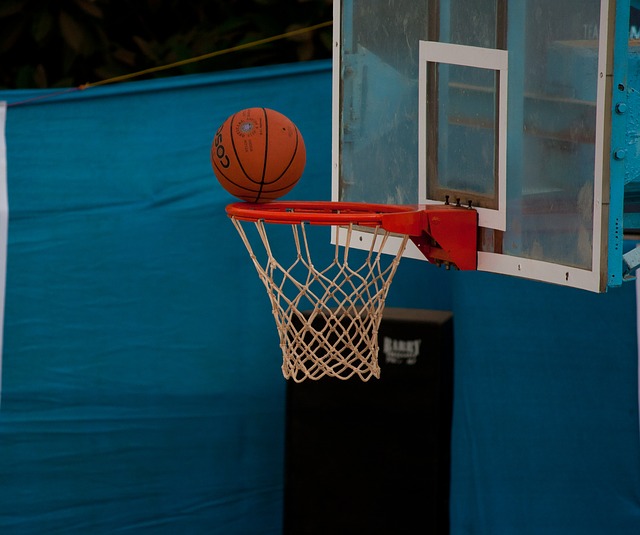
The study also found that less than half of the country’s high schools have athletic trainers available, meaning that injured high school athletes were often taken to emergency rooms after being injured. Researchers believe that hiring more qualified athletic trainers at high schools is crucial, as it can ensure that student athletes can get prompt medical care as well as care so that they can heal safely. According to the researchers, proper use of athletic trainers can help injuries evaluated at once and can help ease some of the burden placed on emergency room departments.
As far back as 1998, high schools were encouraged by the American Medical Association to hire athletic trainers and physician directors to keep student athletes safe. According to the National Athletic Trainers’ Association, however, by 2009 only about 42 percent of sports teams in high schools had this type of athletic medicine unit available for student athletes. This lack of on-site care can mean that student athletes are taken to emergency departments when their injuries don’t warrant it and it can also make it harder for some injuries to be detected correctly onsite.
Qualified athletic trainers and physician directors can help student athletes by providing:
•Fast triage and evaluation of injuries
•Treatment and diagnosis
•Health advice
•Medical supervision to ensure that student athletes only return to play when it is safe to do so
•Injury prevention strategies
If your child has been injured in a high school activity due to inadequate supervision in Hollywood or your community or because an athletic trainer was not available, you may wish to speak with a personal injury attorney. You may have a claim that lets you seek justice and compensation while also pushing your child’s school to adopt safer practices for their sports programs. Sometimes, legal action pushes school boards to make safety changes that can prevent serious injuries.
 Florida Injury Lawyer Blog
Florida Injury Lawyer Blog


